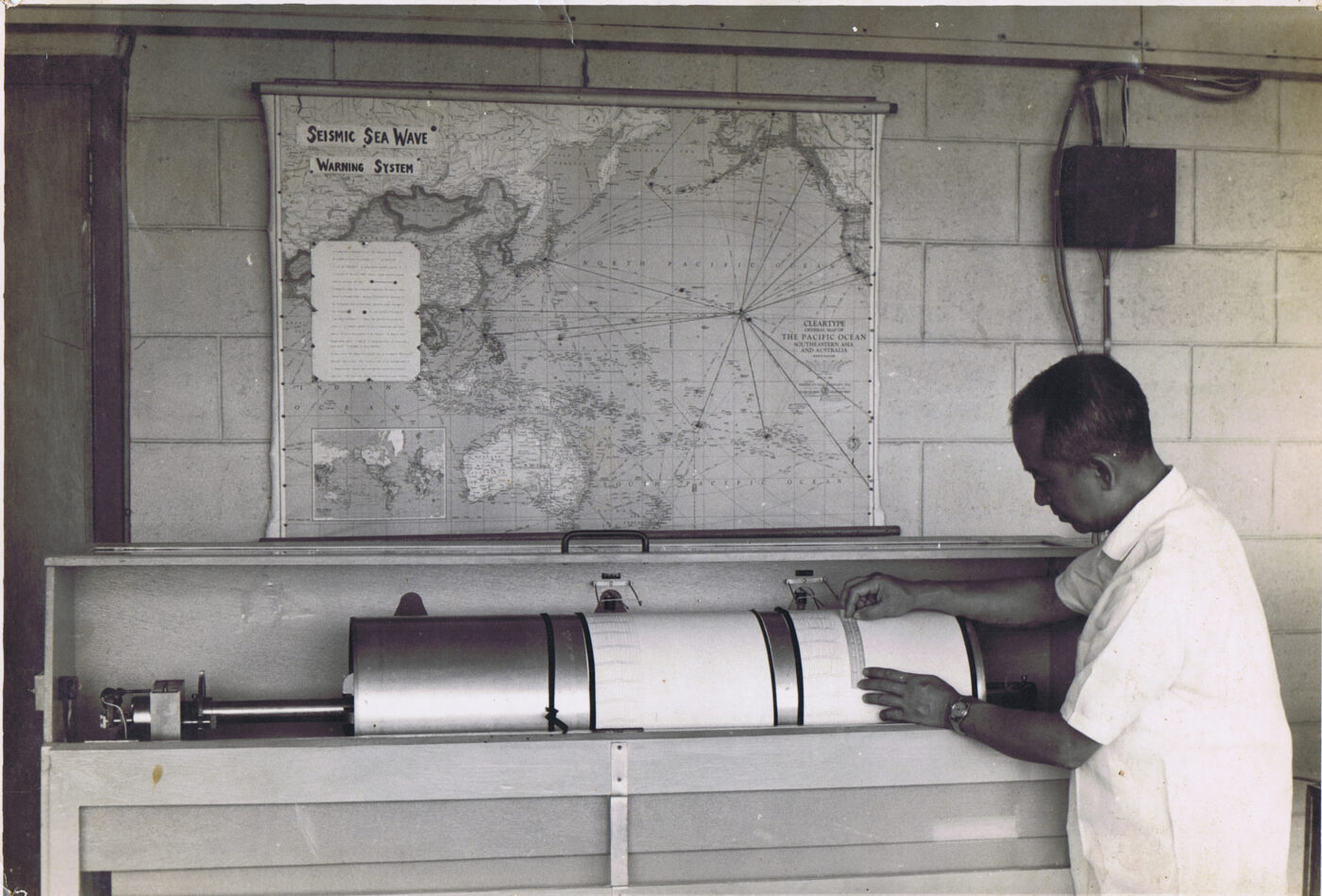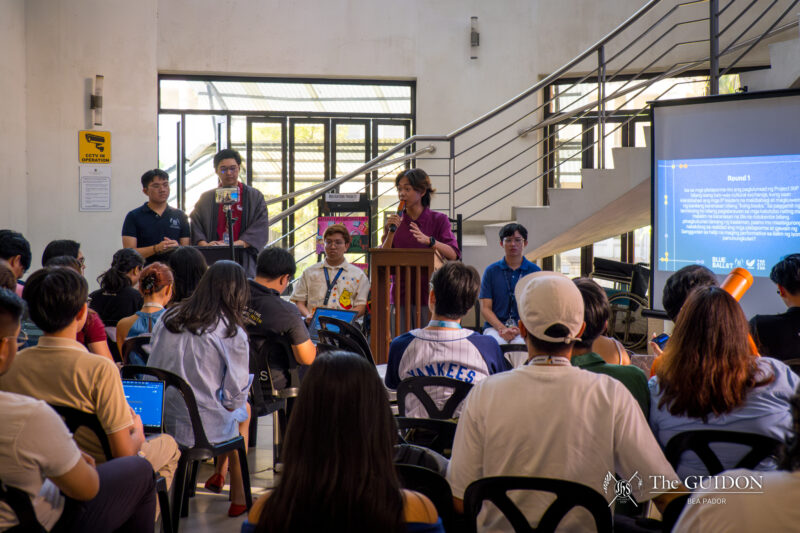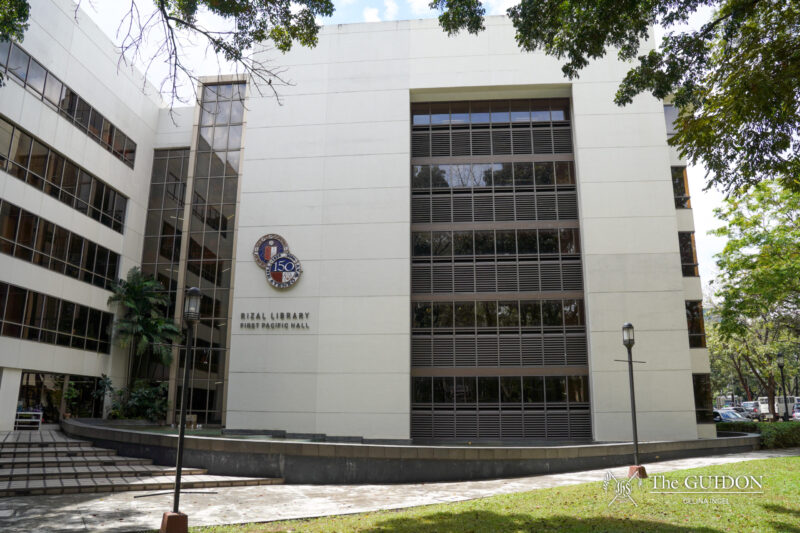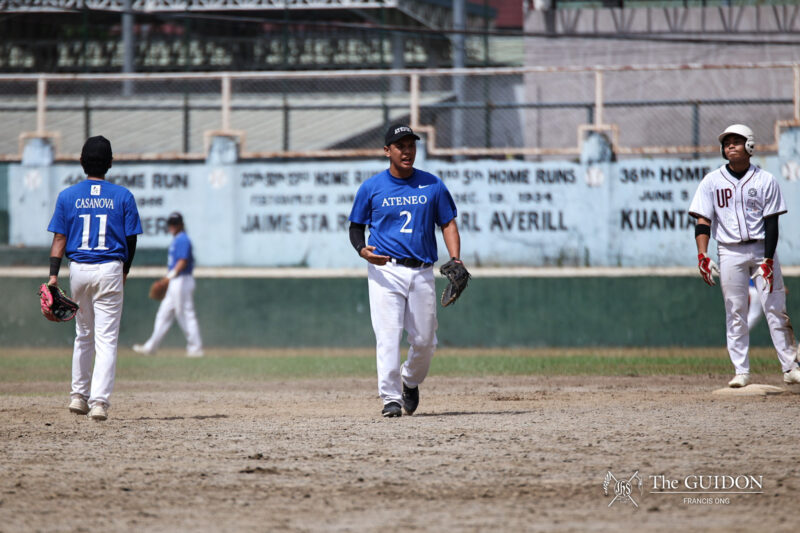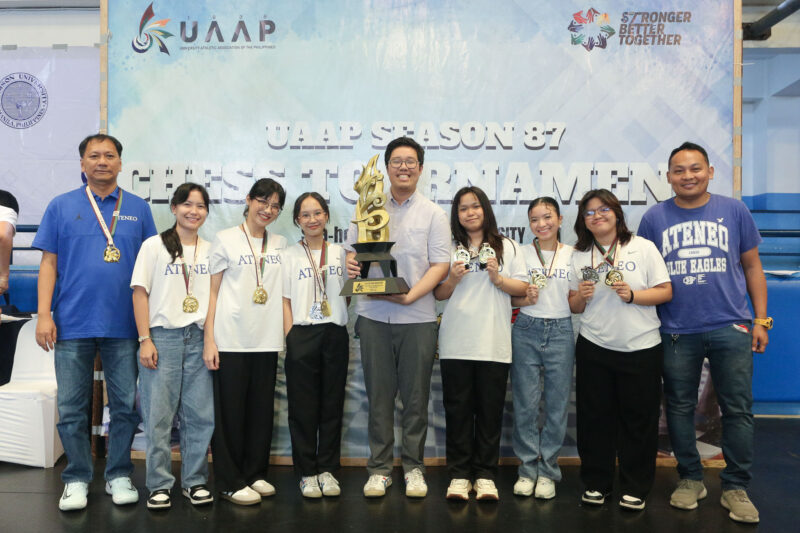IN LIGHT of the possibility of an impending 7.2 magnitude earthquake in Metro Manila, various safety precautions and preparations are being conducted to ensure the safety of the Ateneo community and to strengthen campus-wide disaster preparedness.
According to studies conducted by the Philippine Institute of Volcanology and Seismology (PHIVOLCS), the 7.2 magnitude earthquake will be brought about by the expected rupture of the West Valley Fault (WVF).
The WVF, also known as the Marikina Valley Fault System, is a 100-kilometer fault line that extends from Dinaglan, Aurora and runs through several cities in Metro Manila including Quezon, Marikina, and Taguig.
In a statement released last October 21, 2013 by the Ateneo Board of Trustees, it was clarified that there are no school buildings sitting on the WVF.
However, the statement also said that results of a joint study conducted by PHIVOLCS and the Australian government stated that all localities five kilometers away from the fault line will experience much of the tremors in the event of an earthquake.
In response to the recommendations of PHIVOLCS, the statement informed the Ateneo community that “the University is preparing for [the possible earthquake].”
“All buildings [constructed before and even after 2001] are now being subjected to structural audit to ensure and confirm structural integrity and will be reinforced, if needed,” the statement read.
Structural enhancement
In an email interview with The GUIDON, University Communication and Public Relations Office Director Sonia Araneta said, “In terms of pre-emergency preparations, the Central Facilities Management Office (CFMO) is the lead office in assessment, repairs, and restoration of physical structures.”
“The CFMO has always been given responsibility for overseeing operations, together with key offices of the university during an actual emergency that involves more units or the entire campus,” Araneta said.
In a memorandum released on June 1, University President Jose Ramon Villarin, SJ informed the Ateneo community about the school’s intensive preparations for the looming disaster, which include conducting structural audit and geological testing of school buildings closest to the WVF as early as March 2014.
“The recommendation of the structural consultants is for us to retrofit three buildings in the Grade School complex, [namely] David Hall, Fermin Hall and Pacquing Hall,” the memo stated.
Retrofitting involves core tests of every pillar and beam of a building and can only be carried out when there are no school activities.
Consequently, classrooms were relocated and the resumption of classes of affected grade school students was delayed.
“My decision is for classes in Junior High School to start on 15 June 2015, while those in the Grade School to start on 3 August 2015,” Villarin said in the memo.
In a separate memorandum released on June 28, however, Villarin said that instead of retrofitting David Hall immediately for the use of seventh and eighth graders, their classes will temporarily be held at Bellarmine Hall.
The retrofitting of the two other buildings, meanwhile, was to proceed immediately.
Response systems
In a continuation of the June 28 memorandum, Villarin explained that the school’s efforts on disaster-preparedness are not limited to structural enhancements, but include extending the establishment and implementation of response systems on campus.
He said that in 2014, the Ateneo Emergency Management Plan (AEMP) was established in line with the school’s intensive efforts to be prepared for different levels of emergencies.
The said plan entailed creating a system that divided the campus into various Local Unit Emergency Response Teams (LUERT).
“Each LUERT is organized into Building Emergency Assistance Teams to ensure that there are persons responsible for evacuation, firefighting, search and rescue, health, security, and operational concerns,” Villarin said.
He stressed that “practically all Ateneo personnel are involved in emergency response” and that all units are being trained according to protocols set by the AEMP.
Araneta pointed out that response-and-action is not solely intended for CFMO to handle but rather, involves “all sectors of the community as well as individual members.”
She also added that the University Emergency Management Team coordinates closely with various agencies and authorities such as PHIVOLCS, Manila Observatory, and Barangay Loyola in line with its thrust for campus-wide disaster preparedness.
Collective effort
Villarin called out to the Ateneo community to work hand in hand towards “building a disaster-resilient Ateneo de Manila University” in the June 28 memorandum.
“Being disaster-resilient is partly about getting the structures and systems ready and partly about developing the skills for proper behavior and response,” Villarin said.
In response to the said memo, management information systems sophomore Kyle Fazonela pointed out that, other than the reconstructions being done around campus, the Ateneo had already conducted successive drills throughout the previous school year.
“That should be enough preparation. My only problem is what we will do after the quake. I am not aware of any other plans after we all flood into Katipunan, aside from [head counts], but maybe we can just leave that to the authorities,” he said.
Social sciences senior Michael Ubamos, on the other hand, thinks that the Ateneo administration has been doing the best that it can to prepare for the earthquake.
“I guess [whether the preparations will turn out successful or not] just depends also on the people themselves,” he added.

